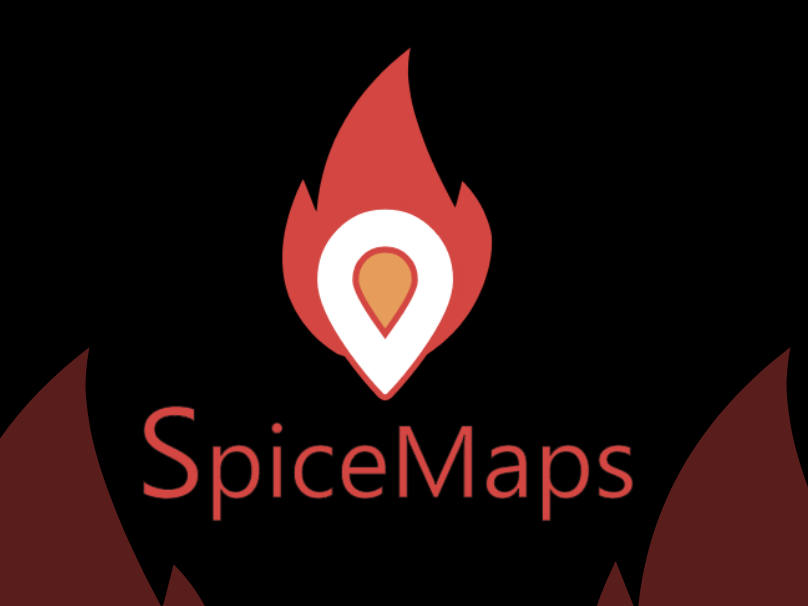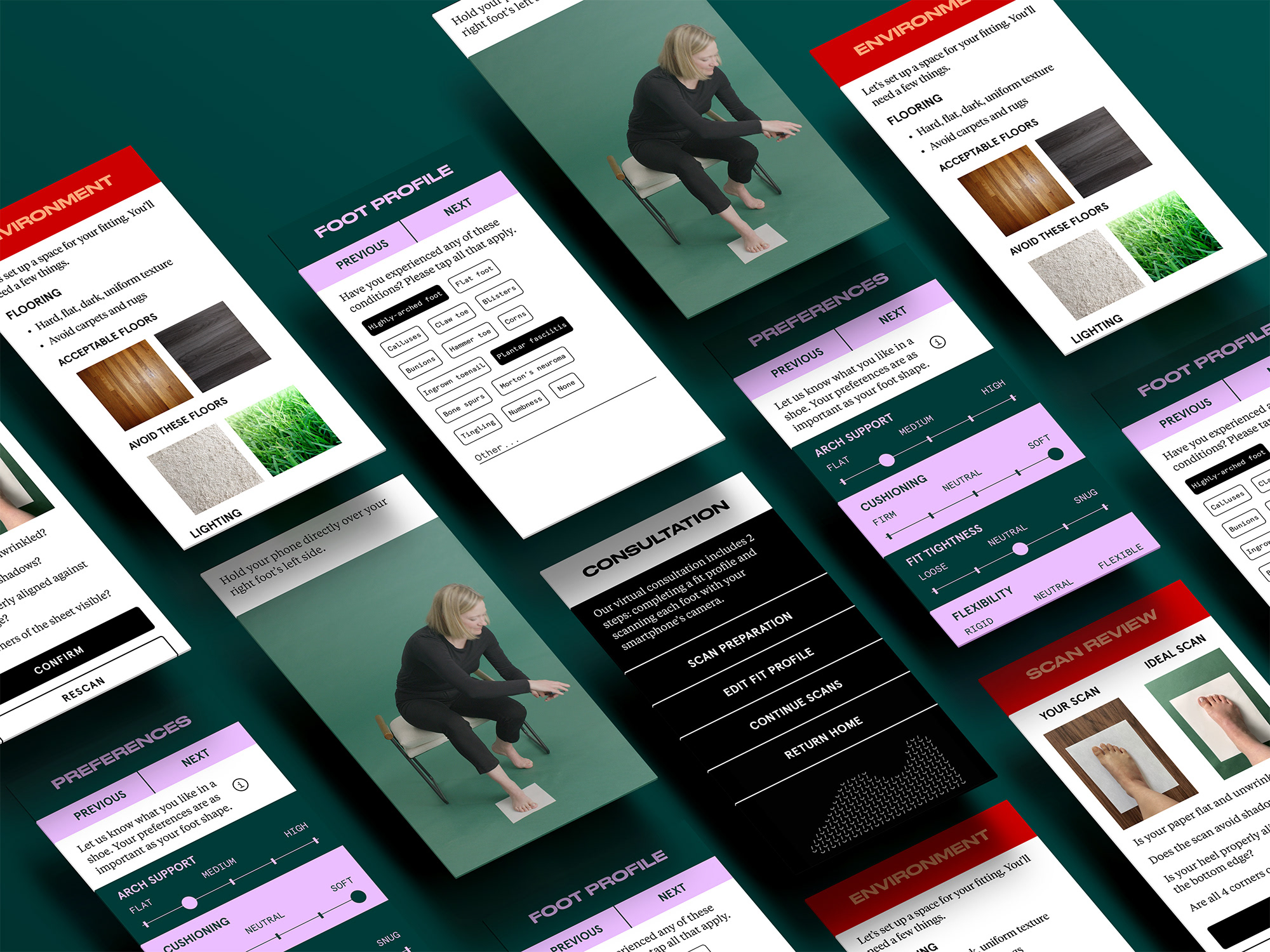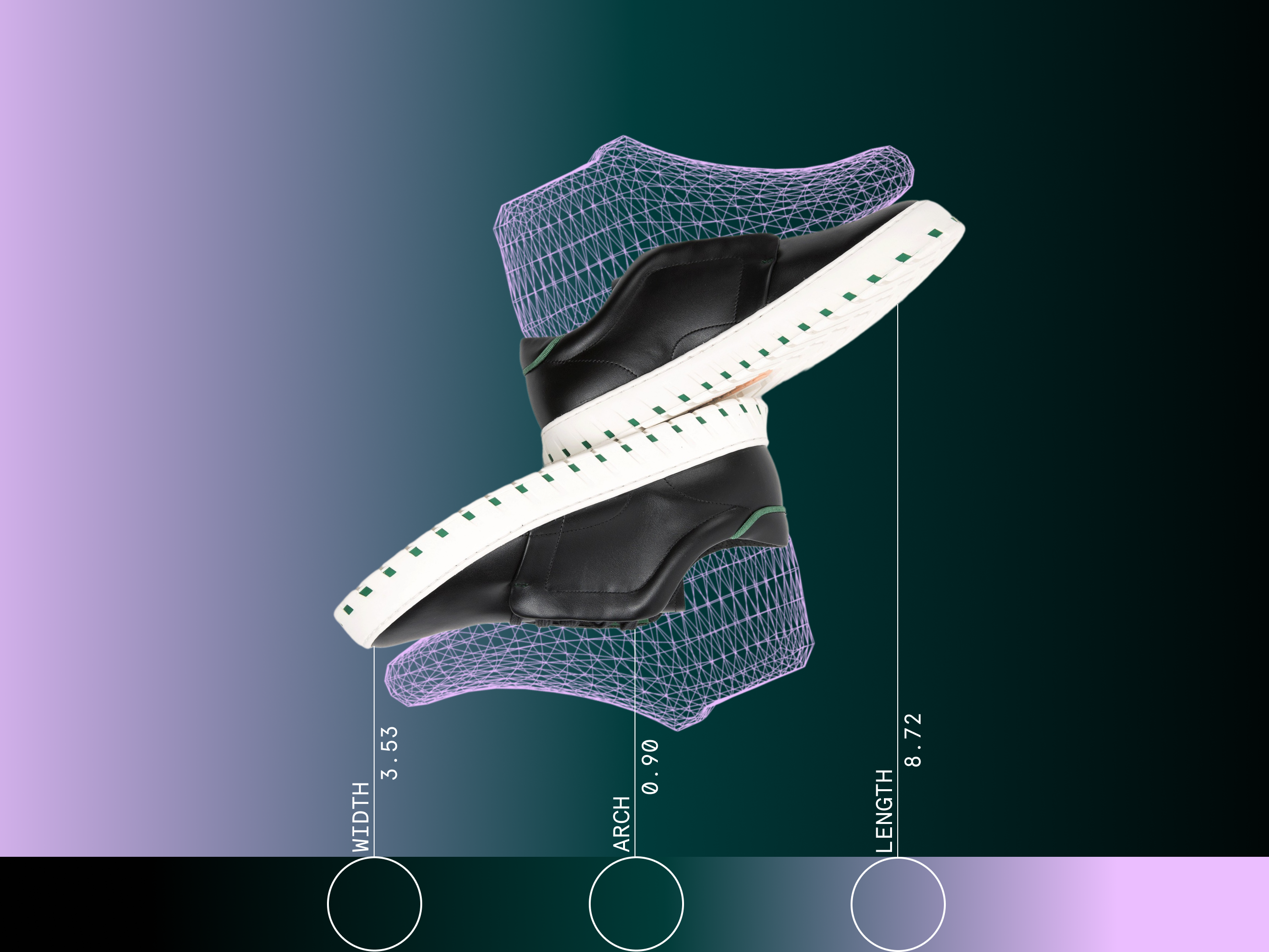Overview
Ink Tank is a mobile app for finding, sharing and saving tattoo designs, as well as connecting with artists and studios around the world.
Problem: Ink enthusiasts need a way to search for tattoo artists, studios and design inspiration because the traditional process is antiquated, inconvenient and often results in regret.
Role: Lead UX/UI Designer (75% UX, 25% UI)
Timeline: January 2019 - September 2019
Tools: Sketch, Adobe XD, Balsamiq, InVision, Adobe Photoshop, Keynote, UsabilityHub, Google Forms, pen and paper
Process: I adopted the double-diamond strategy for designing Ink Tank in order to ideate from an objective point of view and to narrow my focus on finding solutions for clearly-defined problems.
Competitive Analysis
In order to understand both the user and the problem, I began my research by investigating the marketplace for similar apps and services. My research brought a clear understanding of what competition was out there and how it was lacking.
Out of all the tattoo-related apps tested and researched, only Tattoodo stood out as a true competitor. Inksquad barely had an online presence, and only catered to users based in Italy, while InkHunter was centered around trying designs using augmented reality.
Tattoodo offered users a way to find artists, as well as browse tattoo designs and save them to image boards, but also some weaknesses and opportunities for innovation.
User Research: Survey
I kicked off my user research with a survey to get some general quantitative data as a foundation for understanding the needs of tattoo enthusiasts. The survey's 43 respondents revealed some surprising findings.
Two-thirds of respondents had more than one tattoo, while a quarter had none but wanted one. Curiously, only seven percent (three respondents) reported having just one tattoo. Since people overwhelmingly got more tattoos once they had one, that initial inking might be a major pain point for novices.
Approximately one out of four respondents reported having regrets about any of their tattoos.
Not a single respondent marked Tattoodo as a resource they use to find tattoo inspiration or an artist. The most popular resources were Instagram, word of mouth, Pinterest, Facebook and walk-in.
User Research: Interviews
Armed with quantitative data and surprising insights from the survey, I penned an interview script with questions aimed at understanding the needs and general attitudes of tattoo fans, as well as critical incidents involving past experiences with finding and sharing inspiration and getting their existing ink.
As a seasoned music journalist and psychological research assistant, diving into the interviewee's psyche for revelations came naturally. Due to the critical importance of user research, I decided to cover all my bases and interviewed nine participants, ranging from first-timers to ink veterans, as well as both professional and underground artists.
To properly understand the users, I drafted interview questions with the goal of understanding their attitudes and behaviors, especially in regards to how they go about looking for tattoo inspiration and artists, their feelings going through the process and any problems or concerns they have.
Following the interviews, I pulled quotes, behaviors, motivations, facts and opinions from the recordings for an infinity mapping exercise and sorted them as I uncovered patterns in thoughts and behaviors.
Key Interview Findings
1. Tattoo parlors are intimidating to novices.
2. A generation gap exists between people in their early 20s and younger versus everyone else in regards to their first tattoo experience being in a shop versus an amateur "stick and poke" done by a friend.
3. Tattoos are often spur-of-the-moment impulses, rather than planned choices.
4. User needs and methodologies are as varied as their tastes.
5. Users that reported creating tattoo boards did so because they
had a specific theme in mind, while the more spontaneous interviewees made do with following influencers on social media and having friends experiment on them.
6. As indicated in the survey, people with just one tattoo are rare.
7. Nobody indicated any interest in augmented reality.
8. Popular artists can be hard to book, with prospective clients having to wait months or years for availability.
9. Artists expressed a desire for showcasing their work and messaging with potential clients, but frowned upon the concept of booking an appointment through an app.
Challenges
Interview insights revealed that some ideas and functions originally cited provided to me in the project brief were incompatible with the actual needs of users and tattoo culture itself.
Although getting one's first tattoo proved to be a major pain point among users, designing a user experience to facilitate that initial inking raises complications related to potential health and legal issues. User research revealed that in the current cultural climate of tattooing, first tattoos are now traditionally done by a nonprofessional friend or associate at home or in a social setting, rather than a licensed professional in a studio.
The project brief specifically called for appointment booking functionality, which may seem like an obvious choice. However, not every artist will accept every project for creative or other reasons. Also, some tattoos can take hours or multiple sessions across several days, further complicating the idea of a user being able to merely book a specific time slot within an app.
Additionally, the project brief called for augmented reality so that users could "try out" designs that way, but not a single interviewee expressed any need or enthusiasm for the idea. In the interest of delivering a minimum viable product that met actual user needs, plans for augmented reality and appointment booking were shelved.
User Personas
Synthesizing the survey data and insights from the nine interviews, I created three personas to put a human face on the different user types I discerned: Barbara the ink enthusiast, Stephanie the novice and Cassandra the artist.
User Journeys and Flows
To envision what functionalities would be needed to meet the most pressing needs of my personas, and how they would feel while doing so, I created user journeys based on the personas and their respective goals.
Both Barbara and Stephanie lamented the inability of apps such as Instagram to conduct searches of different style and subject types and narrow down the results to specific colors, body parts, etcetera, while Barbara also wanted to go beyond an artist's portfolio and see how their tattoos look on real customers. Thus, I focused my design on facilitating the acts of searching for tattoo designs and artists/studios and applying filters to refine search results.
Defining the Problem
Problem Statement: Ink enthusiasts need a way to search for tattoo artists, studios and design inspiration because the traditional process is antiquated, inconvenient and often results in regret. We will know this to be true when Ink Tank users report satisfaction with the app and tattoo, as well as a lower rate of post-tattoo regret.
Proposed Solution: Ink enthusiasts need a way to search for tattoo artists, studios and design inspiration because the traditional process is antiquated, inconvenient and often results in regret.
Information Architecture
With the journeys my user personas will embark upon clearly mapped and labeled, I crafted a sitemap for Ink Tank's general navigation.
Card Sorting
To verify that the app's sitemap was logical and easy to use, I conducted a remote card sorting exercise with seven participants, five of whom completed it. The sitemap remained largely the same, with the biggest change being an addition of a home feed based on how the users grouped together the relevant content.
Low-to-Mid Fidelity Wireframing
With a modified sitemap on hand, I began sketching the lowest of low fidelity wireframes on a notepad of iPhone-shaped screens. Once satisfied with the paper sketches, I moved onto mid-fidelity ideations in Balsamiq and then Sketch.
Design Search Screens, Low-to-Mid Fidelity:
Usability Testing
Goal
The main goal for Ink Tank Moderated Usability Test (Mobile Functionality) was to assess the app’s learnability to see how quickly and easily participants could accomplish the directed tasks, and to note the frequency and severity of user errors.
Test Objectives
• To learn how easy it is for users to find tattoo studios and designs
• To learn how easy it is for users to save designs to custom tattoo boards
• To determine whether users can successfully narrow search results for tattoos and studios using filters
• To determine if the user enjoys using the app, and what they like/dislike about the experience, if anything
Methodology
I conducted moderated remote tests online via Skype from June 29 to July 3, 2019. Each participant was asked open-ended questions regarding their initial thoughts of the app and its purpose before being tasked with scenarios where they used Ink Tank to find tattoo designs and studios, refine their results and save a design to a new tattoo board.
Conclusion
Most Ink Tank users found the app intuitive, attractive, well laid out and familiar, particularly in regards to Instagram. Participants were able to get around and search for tattoos, but some were confused over how to filter search results or by certain icons or how to expand information on the studio about screen. To make for a smoother user experience, I swapped out some icons, created a clearly-labeled filter button and removed the expand all arrow from the studio screen.
High Fidelity Wireframing
Following the usability testing and subsequent changes, I made some more refinements based on the iOS Human Interface Guidelines, grids and accessibility compliance.
Design Language System
As I developed Ink Tank's high fidelity iterations, I created a language system to standardize my designs for reuse as I create new screens and iterations.
Final Clickable Prototype
Try out Ink Tank: https://invis.io/N2TLYW0X5JA



